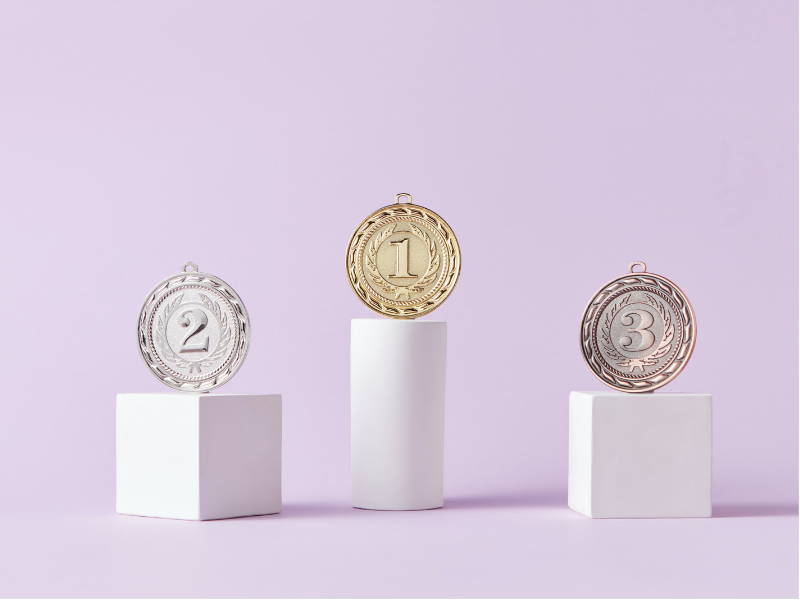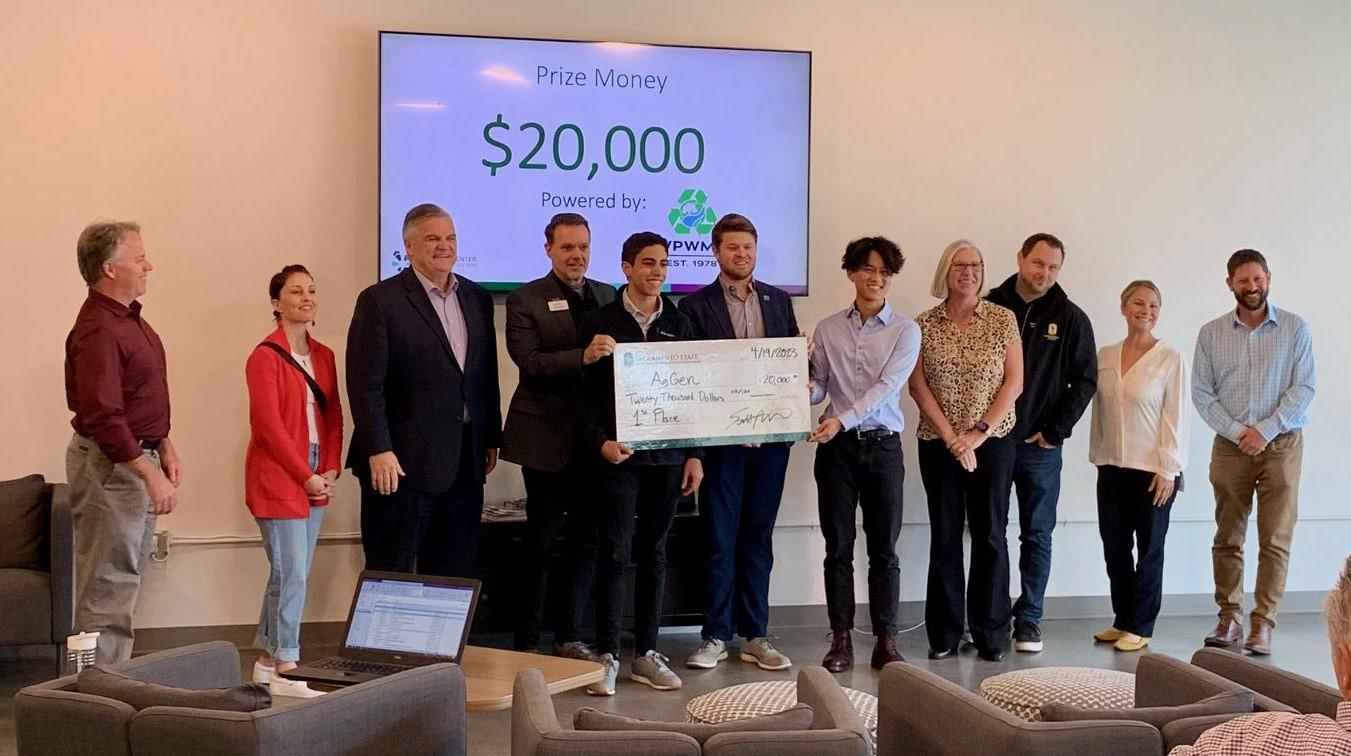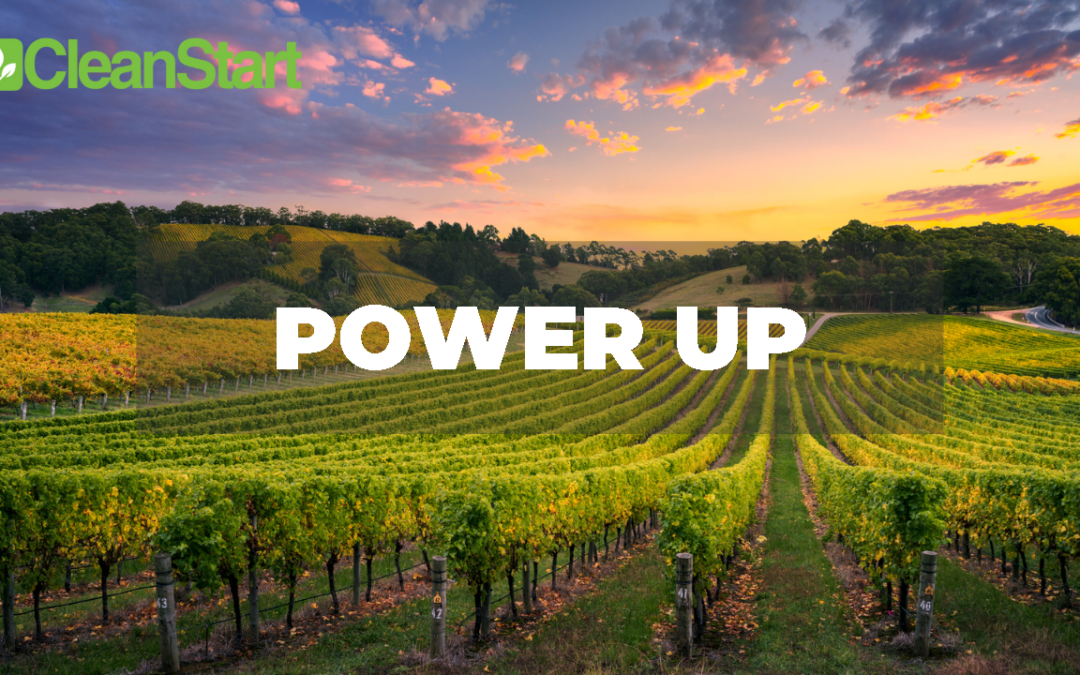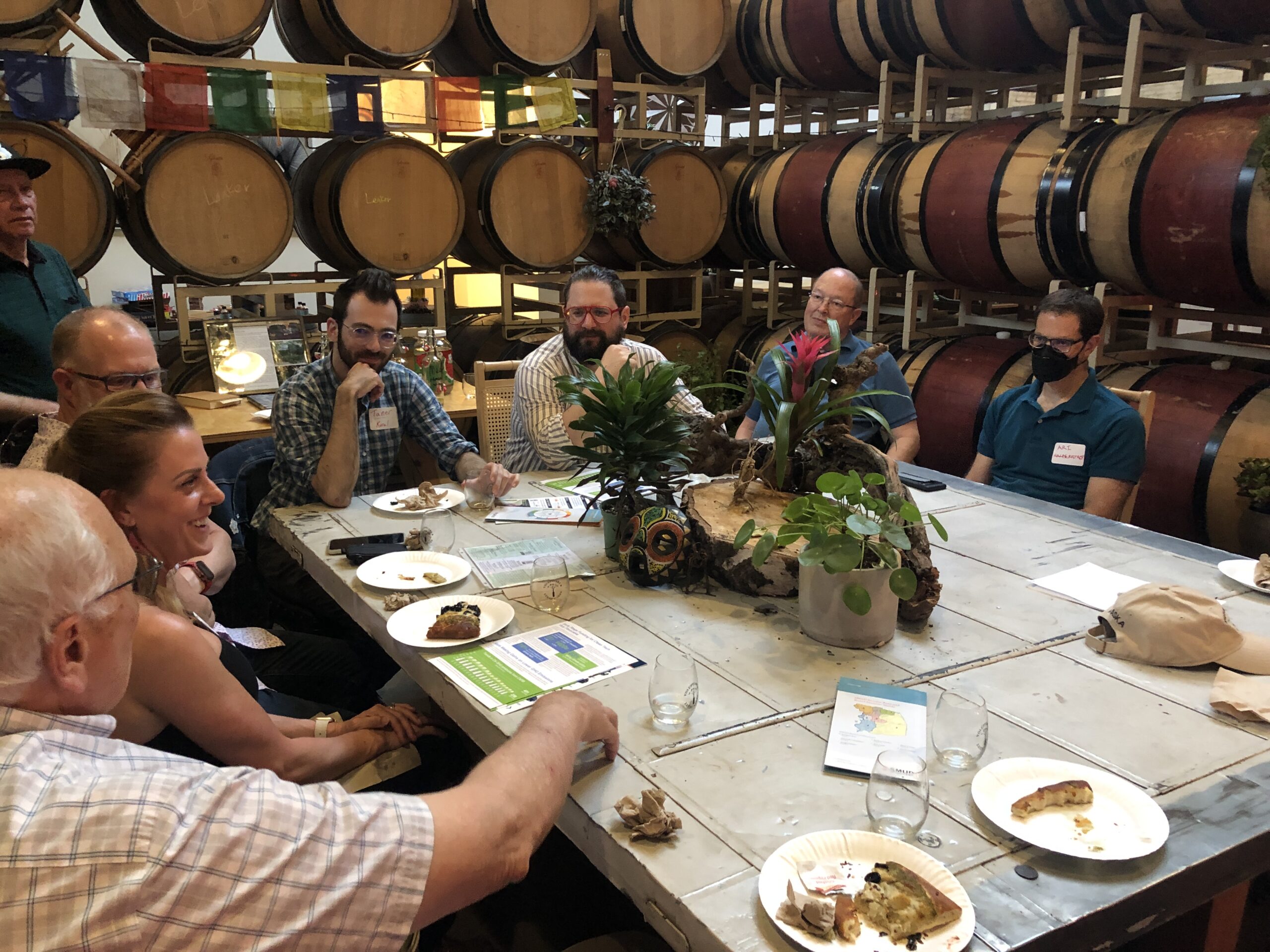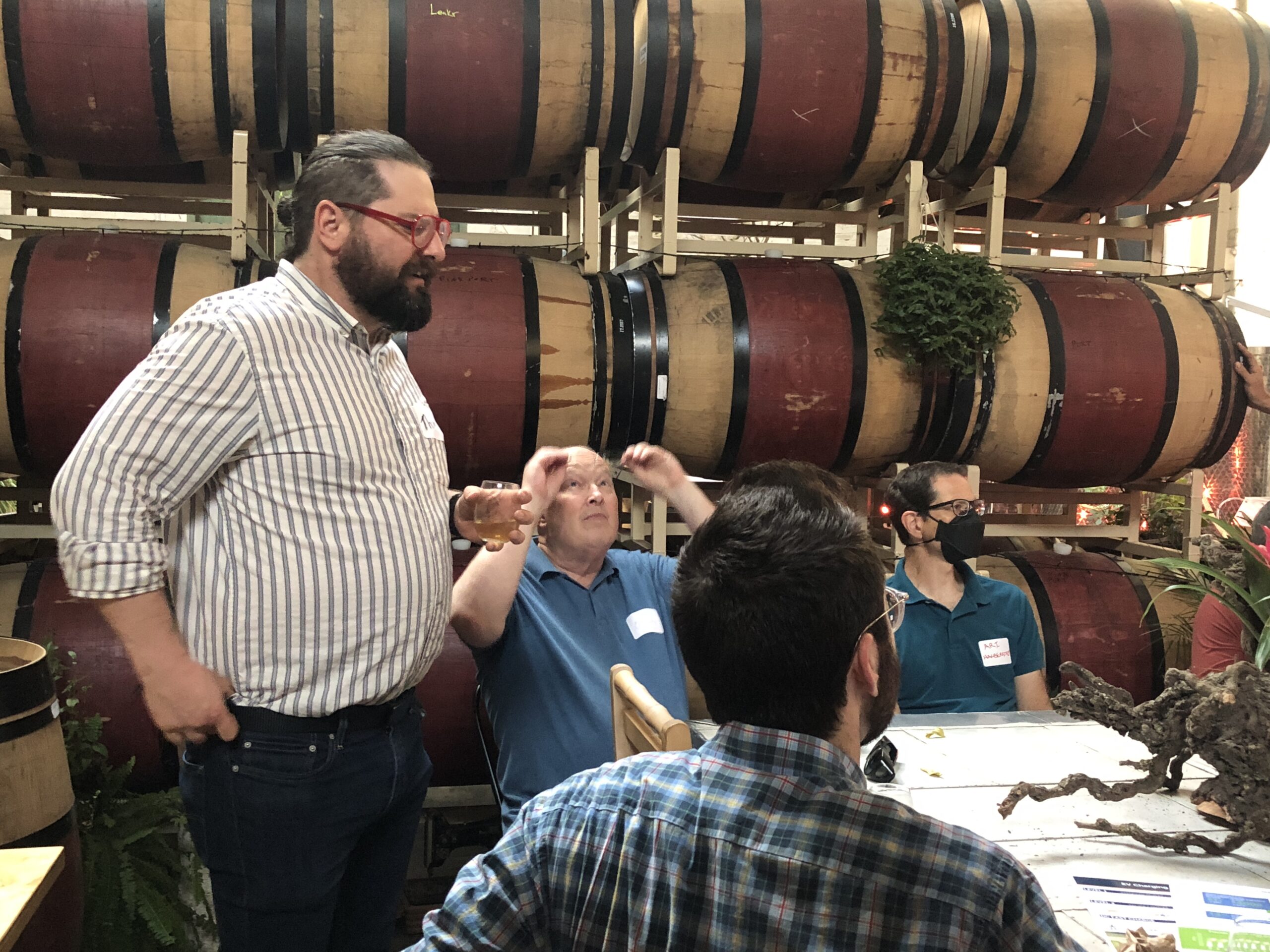It’s pretty clear that the pace of EV charger installation is too slow right now to meet the goals the state has set. Part of the problem is the permitting process as well as the queue to get a large enough utility connection. Part of it is escalating costs. Part of it is just having enough installation capacity. This is keeping “range anxiety” top of mind for those considering buying an EV.
At the same time, there are tens of thousands of home chargers that go unused most of the time. It seems like there should be a way to marry the opportunity to the problem and get a solution. That is just what a new company called WhereEV saw and is trying to figure out how to exploit.
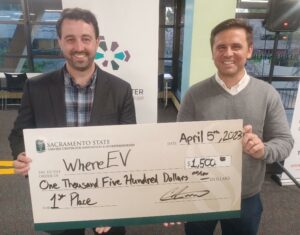 WhereEV recently pitched its idea at the campus-wide start-up pitch competition put on by the Carlsen Center at SacState. They won the top prize and got a check for $1500.
WhereEV recently pitched its idea at the campus-wide start-up pitch competition put on by the Carlsen Center at SacState. They won the top prize and got a check for $1500.
WhereEV is the brainchild of Joshua Maddox and Enrique Alcacer. It’s an appealing and simple idea: connect home-based chargers and EV drivers looking for that quick 25-mile shot in order to get home—and willing to part with $5-10 to get peace of mind.
That simplicity could be deceptive. It turns out that there are a lot of details. Will homeowners be scared of dealing with a random stranger at their door? Will drivers be reluctant to use this informal setup? How will they be charged? How do they know the amount is fair? What payment network can they use that is simple and does not require disclosure of bank information? Is this an opportunity, realistically, only for those with Level 2 chargers?
Josh and Enrique have some pretty good answers right now and need a place to start. They are looking to get 25 people to participate and let their location be advertised on the WhereEV app. They know there needs to be verification of both hosts and users. They know they need to cover the liabilities involved. And they need ways to ensure it is a good experience. Businesses like this survive on good reviews.
Their goal is to have hosts able to earn about $1,000 per year and return about $50 each per year to WhereEV. Want to learn more? Here is a short presentation they put together, or visit them at www.whereev.app.


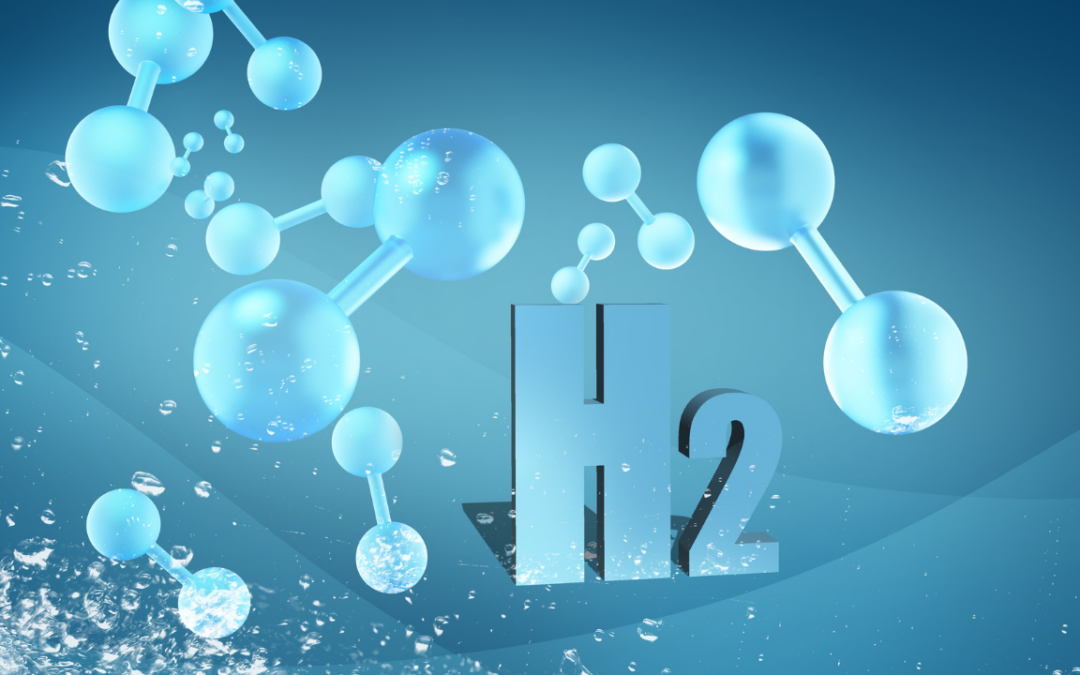
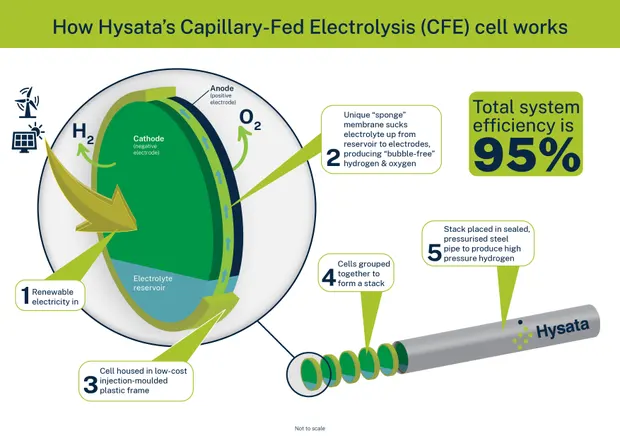

 WhereEV recently pitched its idea at the campus-wide start-up pitch competition put on by the Carlsen Center at SacState. They won the top prize and got a check for $1500.
WhereEV recently pitched its idea at the campus-wide start-up pitch competition put on by the Carlsen Center at SacState. They won the top prize and got a check for $1500.